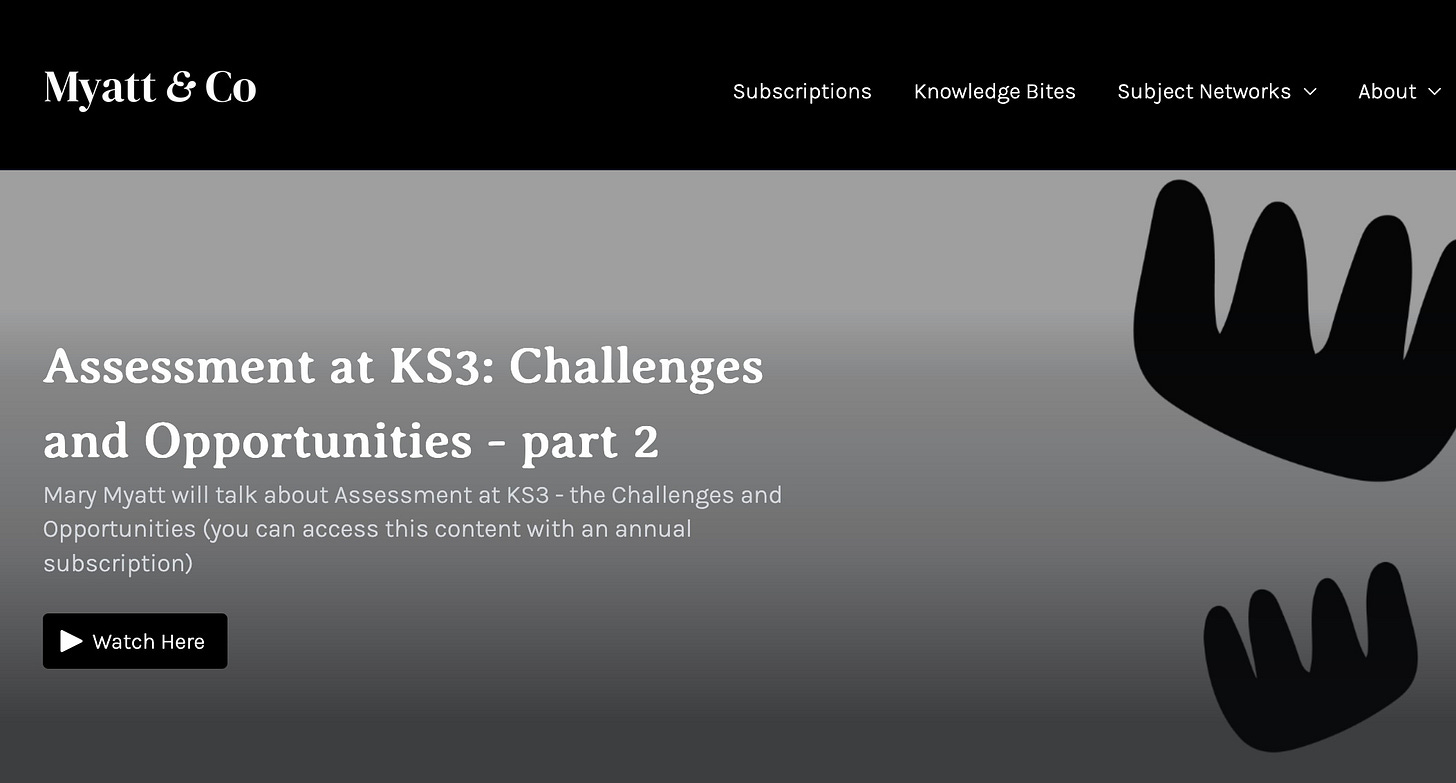One of the things I talked about on the Myatt & Co KS3 Assessment webinar is that we can’t draw the same conclusions from data generated internally as we can for external tests and exams.
The reason for this is that externally generated data has a degree of validity and reliability.
Nothing is ever absolutely secure, but we can have some confidence in talking about the standards our pupils and students achieve at the end of KS2, KS4 and KS5.
And that’s because the tests and exams taken at these points are taken by hundreds and thousands of pupils, are marked and moderated at scale.
Mistakes happen of course, but in general we can have a discussion about outcomes at these points and about the standards our pupils and students have reached.
We cannot say the same for internally generated school data, particularly at KS3. These data do not have the same strength of validity and reliability as external tests.
That’s because the numbers are small compared to national, and the content of the assessments will vary according to each school.
We can still make some claims and come to some conclusions about standards at KS3, but it’s not possible to do so if we are using KS4 criteria adapted for KS3.
First of all, KS3 is not a mini KS4, and I don’t believe we should be teaching the content from exam specifications.
KS3 has its own programme of study and it’s my view we should be making judgements about the extent to which our pupils have learnt the curriculum.
Otherwise, the numbers on a spreadsheet are not telling us anything useful or meaningful.
If that’s the case, what should we do instead?!
I’ll be offering some suggestions in the second part of KS3 Assessment; Challenges and Opportunities on Wednesday 12 February 4pm
If you or your school don’t already have an annual subscription to Myatt & Co, it’s easy to subscribe and you get access to the popular subject networks and ongoing professional development. £150/free trial.
Until next time
Mary


